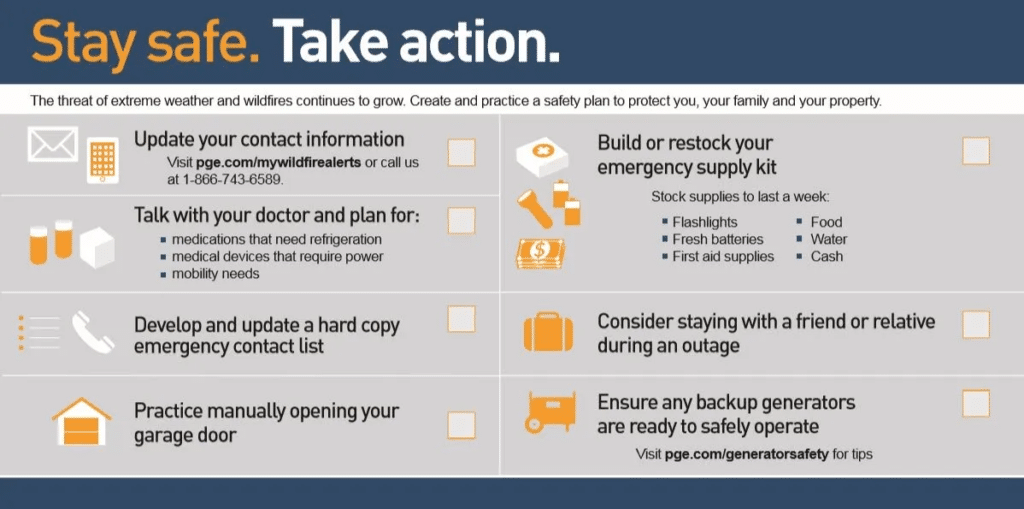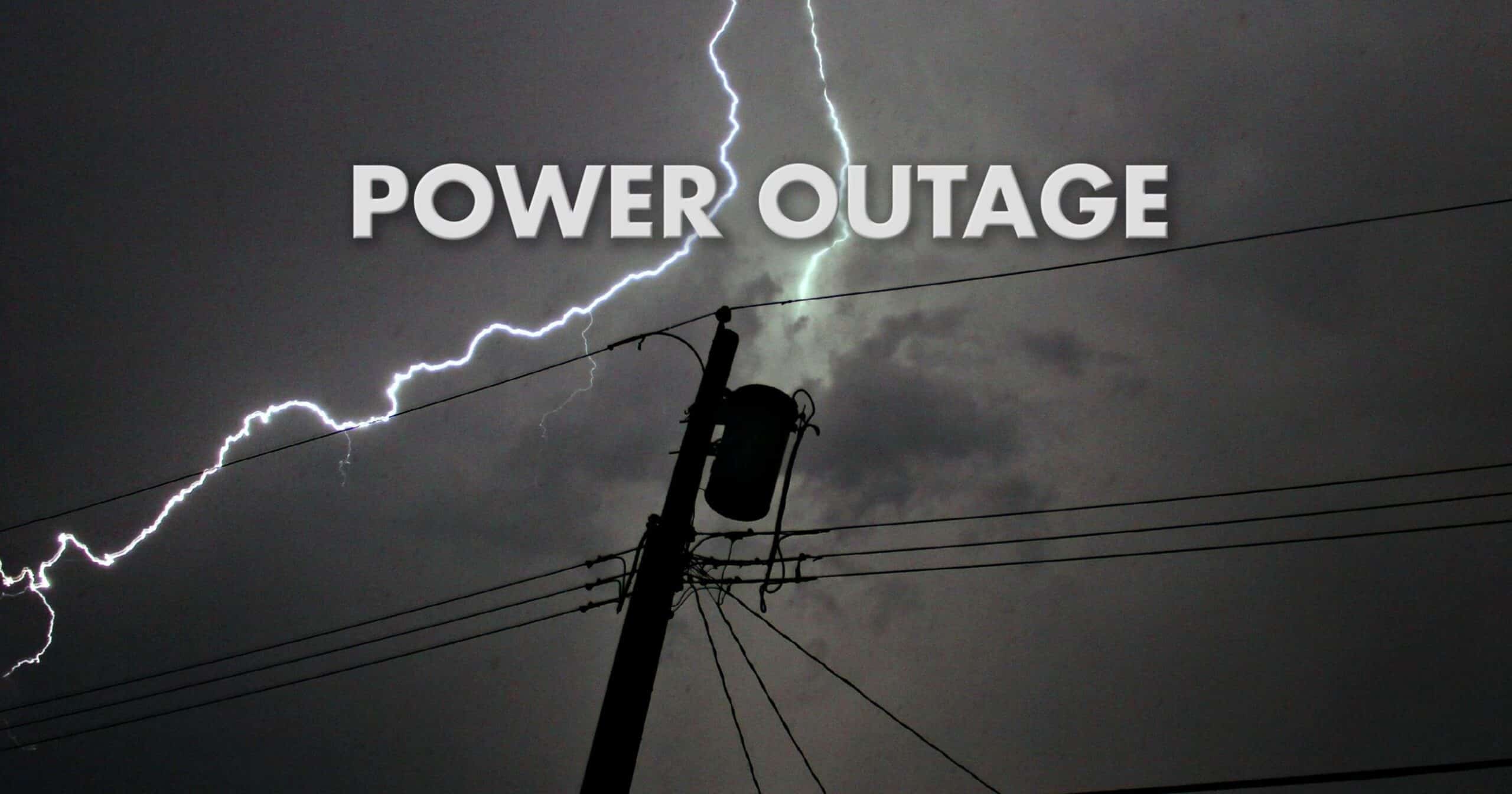Blackout Preparation: What You Need to Stay Safe and Powered
Preparing for blackout begins way before you lose power.
It was August 2023 in New York City. The day started off as any regular day. But around 4:30 PM, the traffic lights went out. Lights in office buildings went dark. And thousands of households around the city that never sleeps were suddenly powerless. For the rest of night and until the early morning, we were without power, but once it came back on, it enforced in our mind the importance of blackout preparation.

Power outages like this happen all over world for a variety of reasons—severe weather, grid failures, cyberattacks, or even routine maintenance issues. Whether the blackout lasts a few hours or stretches into days, blackout preparation ensures that you and your family stay safe, comfortable, and informed.
In this guide, we will outline four key steps that will ensure that you and your family are ready in the event of blackout. Please note that this article does contain affiliate links to products we recommend. If you use these links to buy something, we may earn a commission that will help keep this free website running.
Step 1: Create a Blackout Readiness Plan
Like any emergency that we’ve highlighted on our guides, it is important to have a plan in place before a blackout occurs.
- Know your risks – Understand what causes blackouts in your area (e.g., hurricanes, winter storms, wildfires). For example, if you notice that your area is forecasted to have severe weather and power outages are common, start making preparations early.
- Establish a communication plan – Ensure family members know how to reach each other if phone service is affected.
- Make an emergency contacts list – Include utility companies, emergency services, and local shelters.
- Assign roles – Decide who will handle tasks like setting up backup power, checking food supplies, or monitoring emergency broadcasts.

Step 2: Essential Supplies for Blackout Preparation
1. Light Sources
Without power, visibility becomes a challenge. Stock up on reliable light sources:
- LED Flashlights – Have multiple in different areas of the house.
- Battery-Powered Lanterns – A safer alternative to candles, providing ambient lighting.
- Headlamps – Useful for hands-free tasks.
- Glow Sticks – Safe for children and useful for marking walkways.
Pro Tip: Store extra batteries and keep flashlights in easy-to-reach locations. Consider rechargeable options with a solar or crank-powered backup.
2. Backup Power Sources
A prolonged blackout means no access to electrical outlets. Be ready with:
- Portable Power Banks – Keep phones and small devices charged.
- Solar Chargers – A great off-grid solution for USB-powered devices.
- Uninterruptible Power Supply (UPS) – Can keep your internet modem and small appliances running temporarily.
- Gas Generator – Essential for longer outages, but ensure proper ventilation for gas generators.
Pro Tip: Charge power banks regularly and keep an extra one in your go bag.
3. Food & Water Storage
Power outages can shut down refrigeration, water pumps, and cooking appliances. Be prepared with:
- Non-Perishable Foods – Canned goods, dried fruits, nuts, protein bars, and freeze-dried meals.
- Manual Can Opener – Don’t rely on electric kitchen tools.
- Water Supply – Store at least one gallon per person per day for drinking and sanitation.
- Water Purification – Have water filters, purification tablets, or a LifeStraw in case tap water becomes unsafe.
Pro Tip: Freeze bottles of water ahead of time to keep your fridge and freezer cold longer.
4. Heating & Cooling Strategies
Temperature control is crucial, especially in extreme weather.
For Cold Weather:
- Extra Blankets & Sleeping Bags – Insulation is key.
- Hand & Foot Warmers – Disposable or rechargeable.
- Propane or Kerosene Heater – Only use in well-ventilated areas.
- Layered Clothing – Wear multiple layers to trap body heat.
For Hot Weather:
- Battery-Powered Fans – Can help with airflow.
- Cooling Towels – Wet them and wear around your neck.
- Shade & Ventilation – Keep blinds closed during the day and open windows at night for airflow.
Pro Tip: In winter, close off unused rooms to retain heat. In summer, stay hydrated and limit physical activity.
5. Communication & Information Access
Staying informed is crucial during a blackout. Have multiple ways to receive updates:
- Battery-Powered or Crank Radio – Tune in to emergency broadcasts.
- NOAA Weather Radio – Essential for real-time weather alerts.
- Walkie-Talkies – Useful if cell service is down.
- Whistle or Signal Mirror – Can help attract attention in emergencies.
Pro Tip: Sign up for emergency alerts from your local government or utility provider.
6. Sanitation & Hygiene
Without running water, hygiene can become a concern. Prepare with:
- Wet Wipes & Hand Sanitizer – For quick clean-ups.
- Portable Toilet or Bucket with Liner – Essential if plumbing fails.
- Trash Bags & Zip Ties – For waste disposal.
- Extra Toilet Paper & Paper Towels – Stock up before an emergency.
Pro Tip: Fill bathtubs and large containers with water before an expected outage to use for flushing toilets.
Step 3: What to Do When the Power Goes Out
- Check Your Circuit Breaker – Ensure the issue isn’t limited to your home.
- Report the Outage – Contact your utility company to report the problem.
- Unplug Appliances – Prevent damage from power surges when electricity is restored.
- Use Perishable Food First – Eat refrigerated foods before they spoil.
- Keep Fridge & Freezer Closed – A full freezer can keep food frozen for about 48 hours; a fridge stays cold for about 4 hours.
- Stay Put if Safe – Avoid unnecessary travel, as traffic lights may be down and gas stations may be out of service.
Step 4: Blackout Preparation for Long-Term Outages
If power is out for multiple days or longer, additional preparations may be needed:
- Know Alternative Cooking Methods – Use a camping stove, grill, or solar oven (outdoors only).
- Stock Up on Fuel – Gas for generators, propane for stoves, and extra firewood.
- Barter & Cash Readiness – ATMs and credit card systems may not work. Keep small bills on hand.
- Community Resources – Know where shelters, food banks, and charging stations are located.
Pro Tip: If you rely on medical devices that require power, register with your utility company for priority restoration and consider a dedicated backup power solution.
Final Thoughts
Blackouts can be disruptive, but with the right preparations, you can stay safe, comfortable, and in control. By assembling a blackout kit, knowing what to do when the power goes out, and planning for extended outages, you’ll be ready for any situation.
Ready to make your emergency go bag?
Stay one step ahead of a disaster later by taking steps to prepare now.

